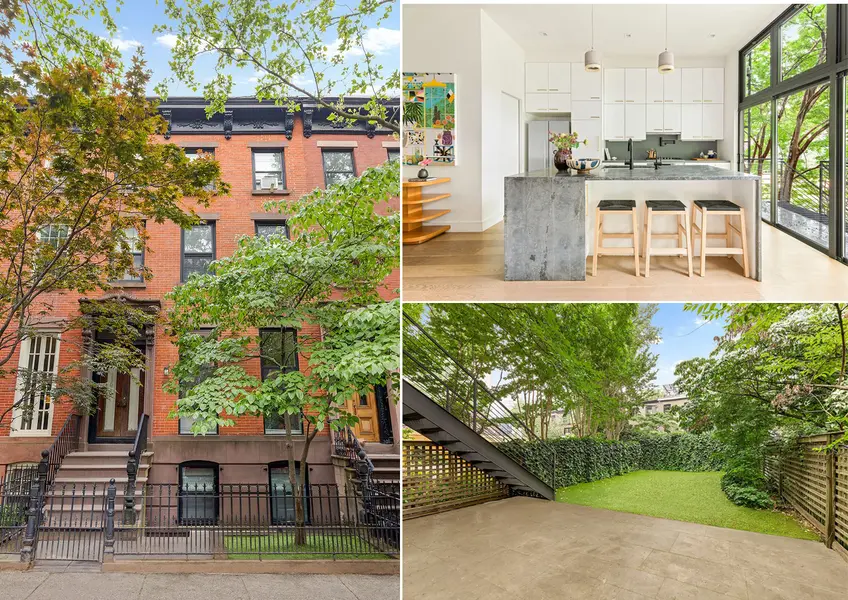 230 Bergen Street, #TH (Compass)
230 Bergen Street, #TH (Compass)
In this article:
Tali: Park Slope has been absolutely wild lately. We’re seeing 30 to 40 people at open houses, multiple bidding wars, and homes in the $4 million range getting bid up significantly. Anything priced well under that, even homes that need renovation, are moving fast in Park Slope and Fort Greene.
We’re also seeing buyer interest spread outward. Some people are holding out for Clinton Hill or Prospect Heights, thinking more inventory will hit, but many are now open to going a bit farther to get more space or value. It’s not just about affordability anymore, people are actively choosing Brooklyn over Manhattan. There’s a real draw to the character, the schools, the neighborhood feel.
In a four-story home, you might have a guest floor with a living room, kitchenette, and bathroom, and then four more bedrooms above. It gives people flexibility, especially with so many still working hybrid or fully remote. You can have offices, guest space, and family under one roof.
Tali: It matters more than people think, especially for resale. You don’t have to spend a fortune, but buyers definitely respond to a well-presented outdoor space. Developers who are doing end-user renovations are already factoring in garden use. Even with $17 million townhouses, those landscaped backyards are a major feature. For everyone else, a clean layout and some greenery go a long way.
That said, not everyone wants a fully traditional look. There’s a growing appreciation for renovations that blend classic details with a more contemporary aesthetic.
Tali: Buyers are still very interested in radiant floor heating, central A/C, and chef-style kitchens, especially if they’re integrated well. But aesthetics also matters. Crown molding, high-quality trim, and cohesive finishes all contribute to the overall impression.
Tali: Yes and no. There’s definitely a market for historically intact homes, but there’s also demand for a more modern aesthetic that still respects the brownstone’s original proportions and feel. Elizabeth Roberts' firm is a great example of work that leans contemporary but always honors the architecture. We saw a townhouse in Boerum Hill go for $11.5 million with that exact blend.
A lot of houses are getting snapped up off-market during early stages of renovation, where the buyer can still choose finishes. Those homes tend to sell at a premium.
Some developers go for a more generic modern look, and in doing so, strip out too much. Salvaging and restoring takes time and money, and not everyone’s willing to do it. But when it’s done right, it makes a huge difference.
Tali: I love them. When done thoughtfully, they bring in incredible light and create a more open, livable space while respecting the original front façade and bones of the house.
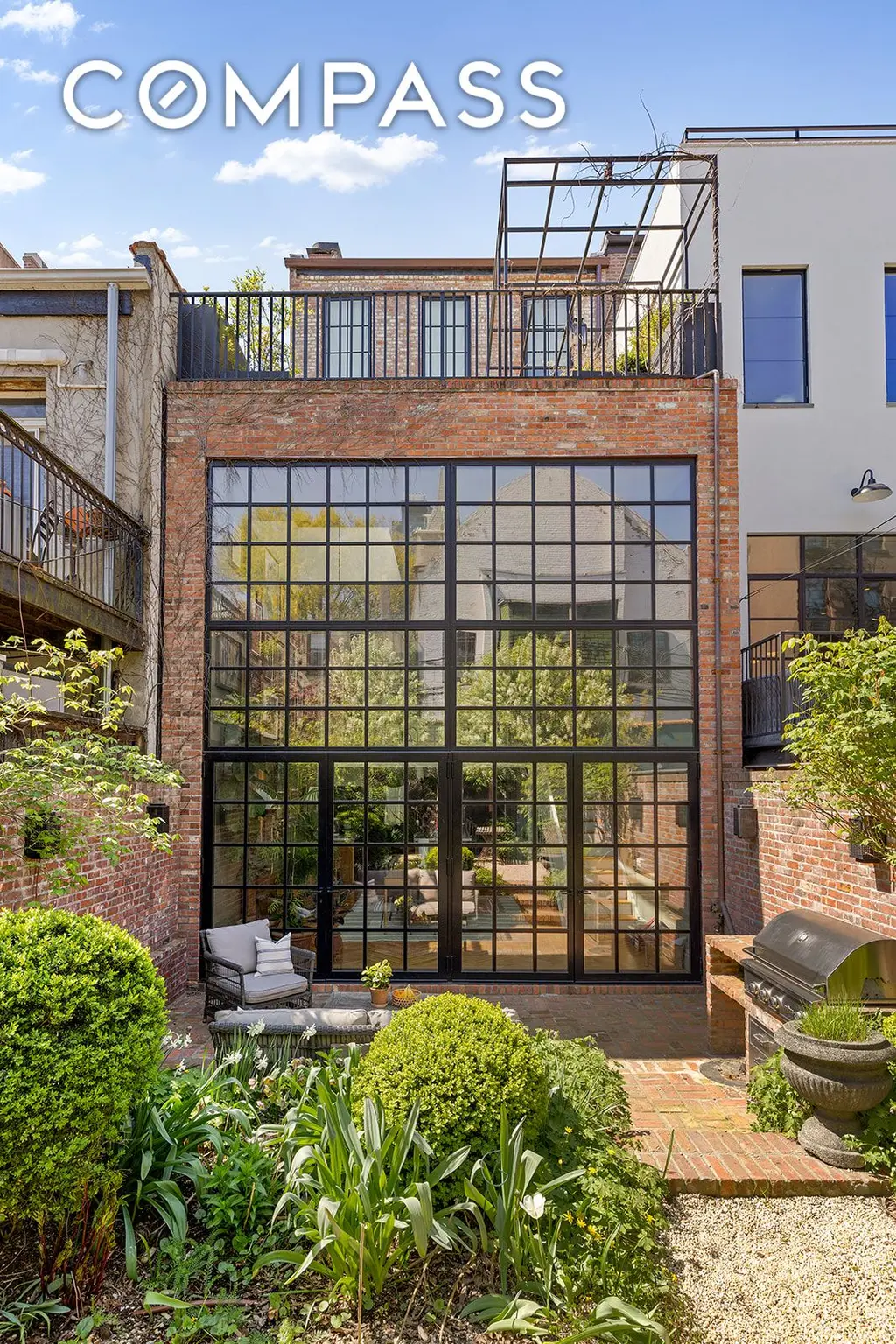
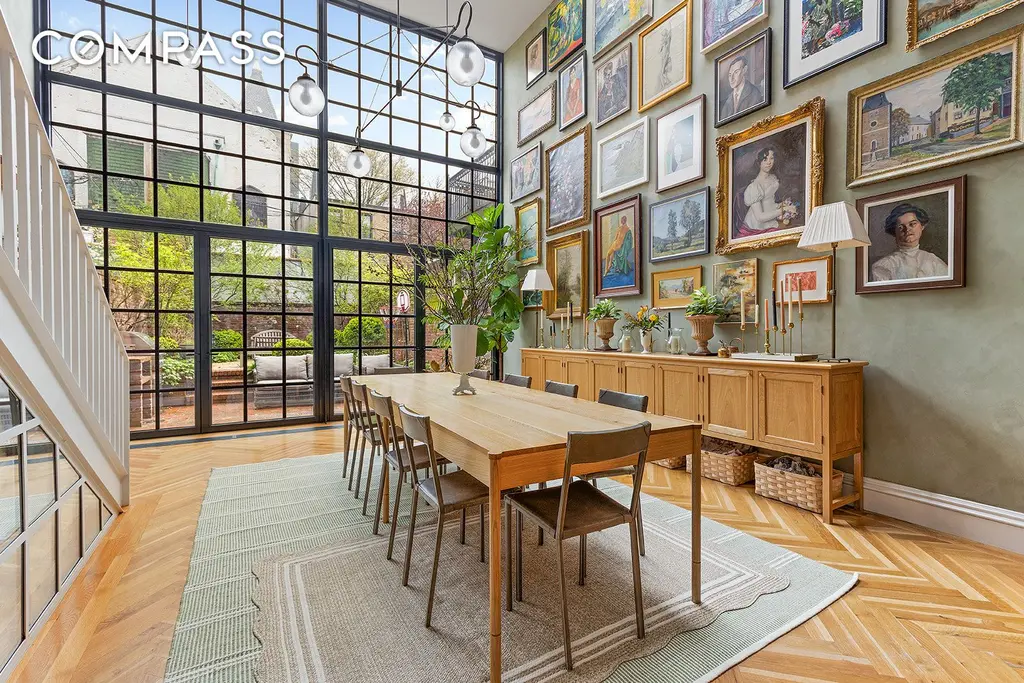
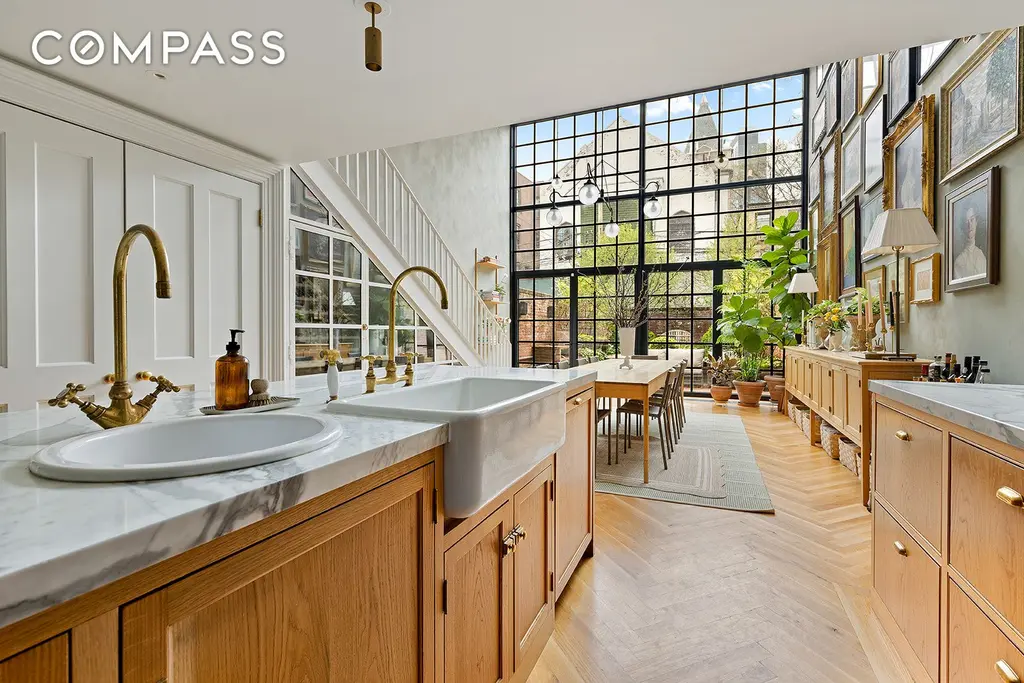
Tali: They add complexity, for sure. Especially in terms of what you can do with the façade and rear extensions. The LPC (Landmarks Preservation Commission) has been a bit tougher recently, particularly with changes to the rear of the home. It’s not impossible, but it does make the process more time-consuming and expensive. That’s why many developers go all-in: if they’re going to go through the approvals, they’ll maximize air rights, add extensions, and make the numbers work.
Tali: Clinton Hill and Fort Greene, hands down. You get that classic brownstone aesthetic, but also a lot of great restaurants and cultural energy. Bed-stuy is close behind.
There’s this triangle of vibrancy between Clinton Hill, Fort Greene, and Bed-Stuy that’s really special.
Tali: People are definitely more aware of it, but cost remains a major hurdle. Passive House upgrades, for example, are still hard to justify for many buyers unless it’s a ground-up build. That said, things like solar panels and electric systems are gaining traction, especially as energy costs go up.
Brownstones on the market now
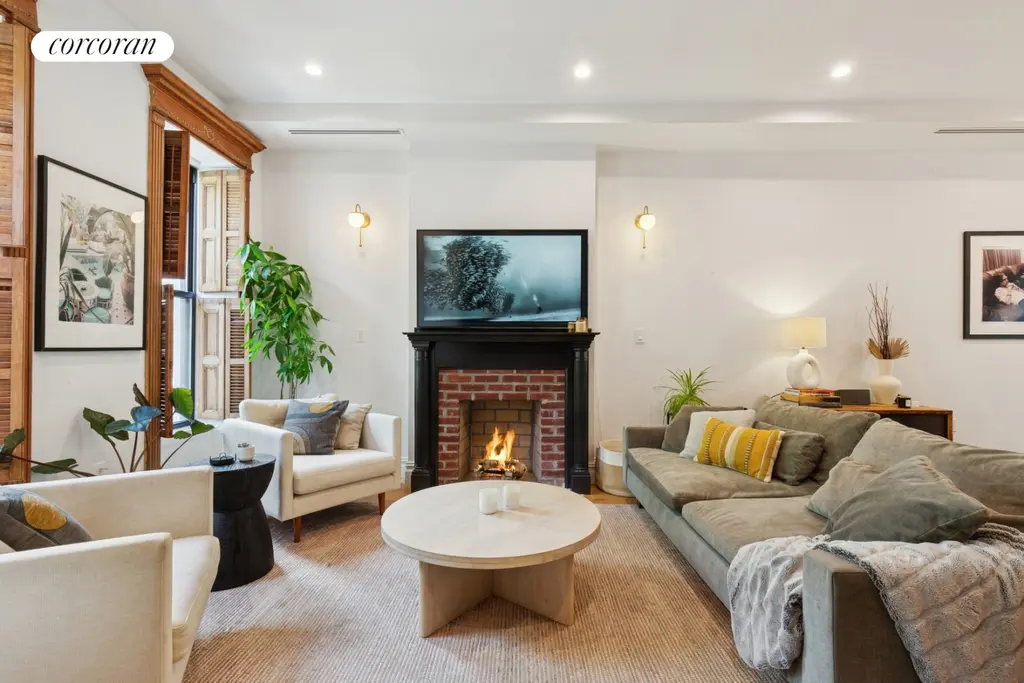
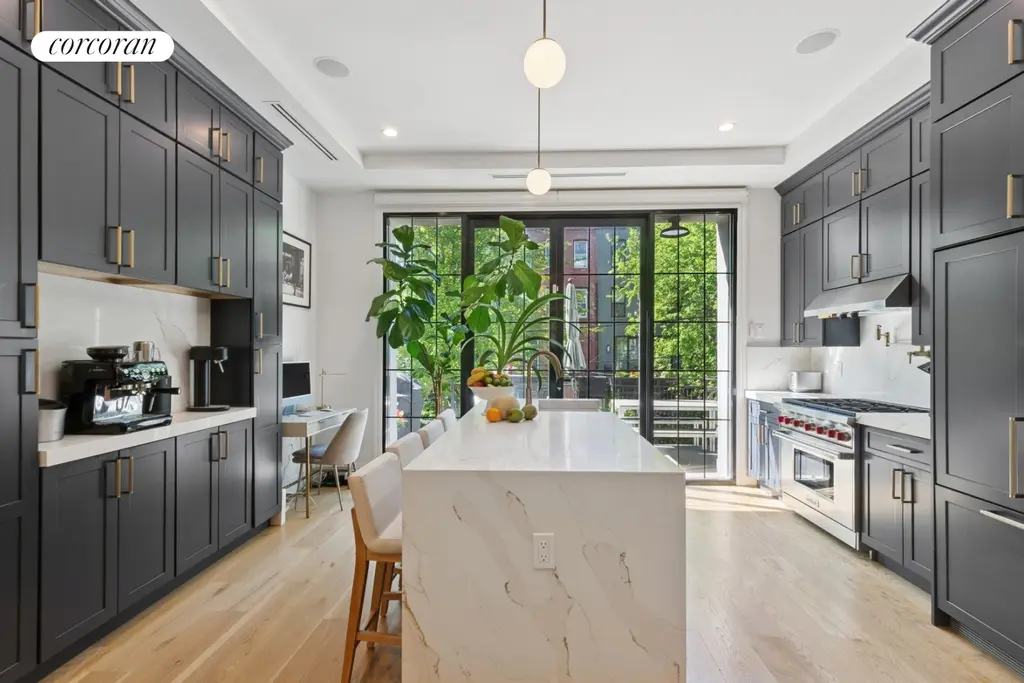
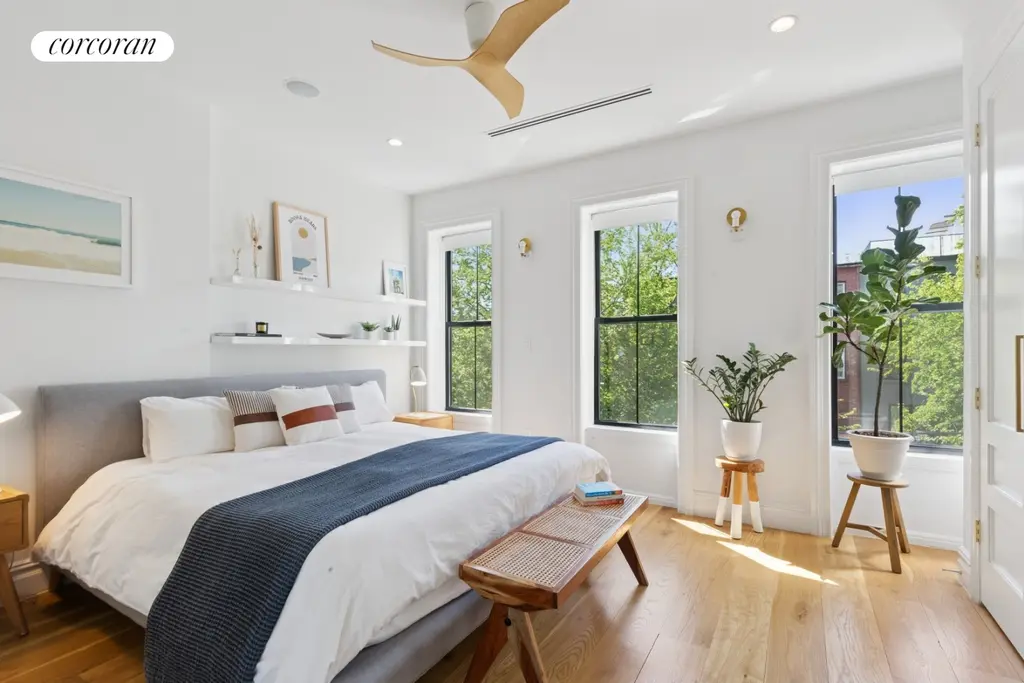
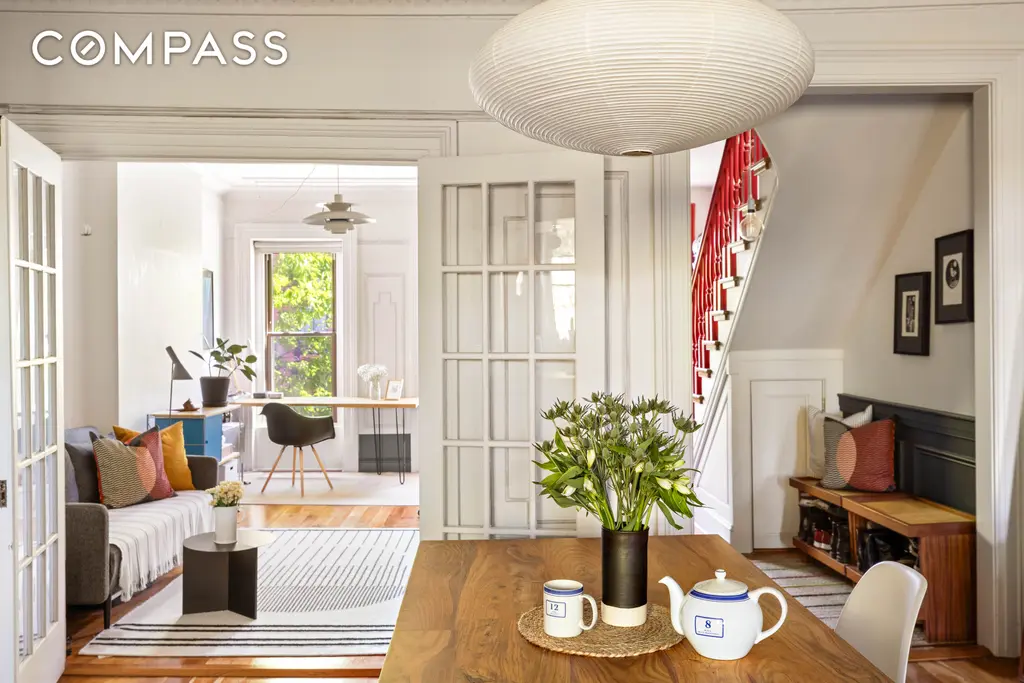
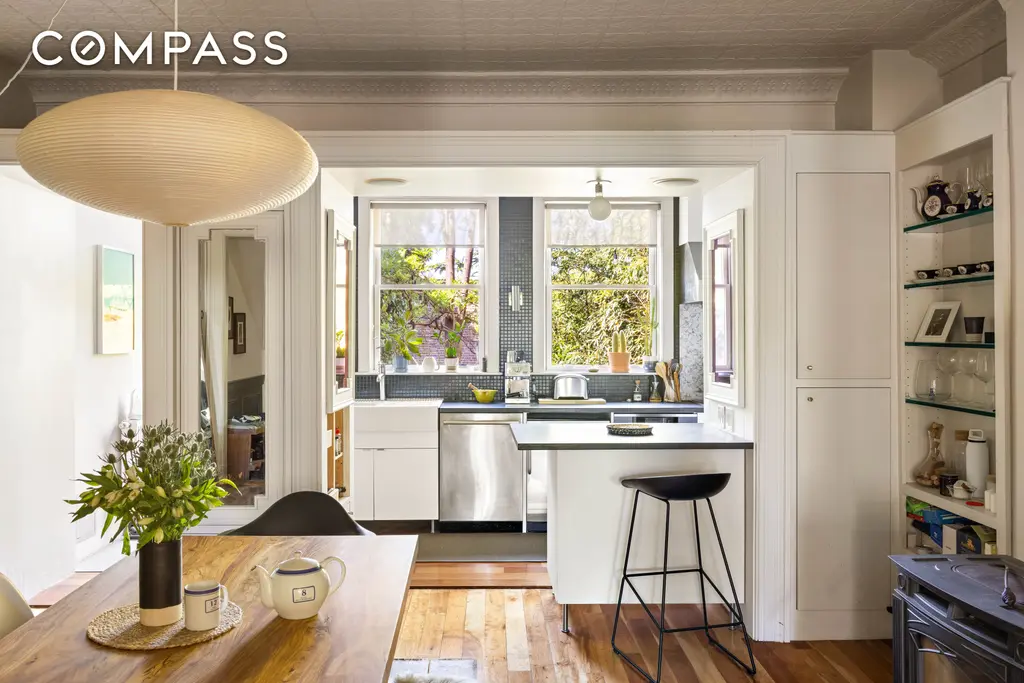
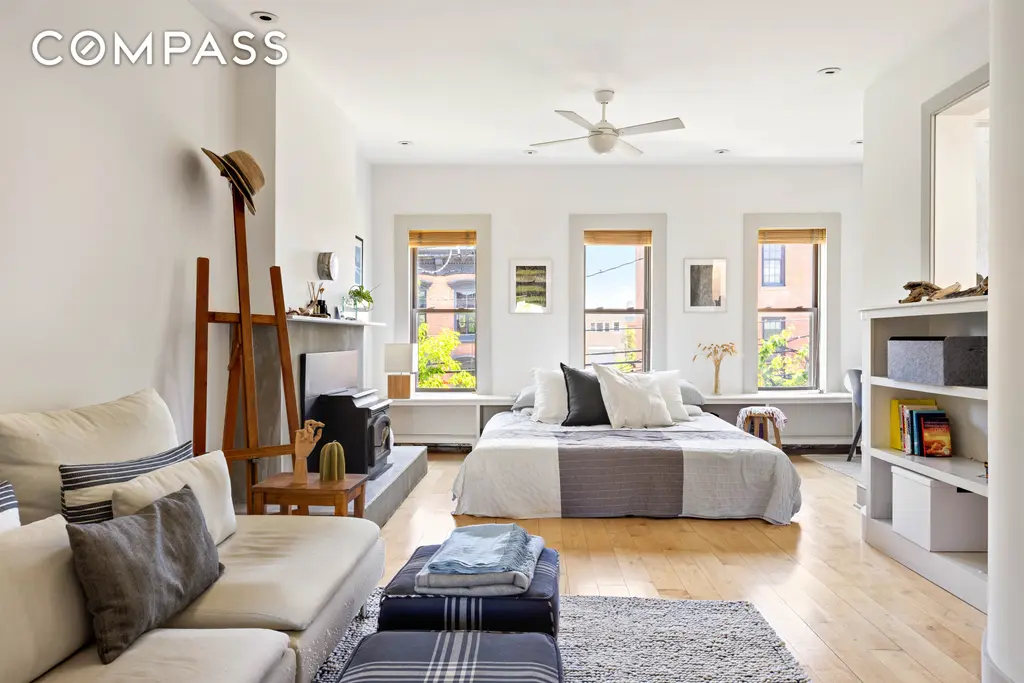
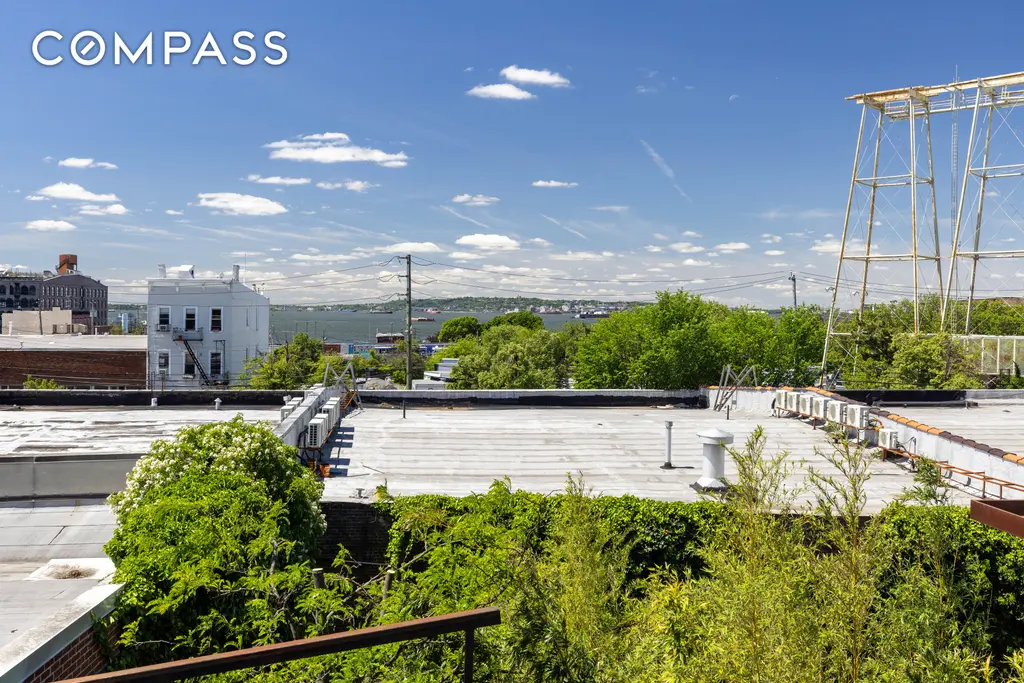
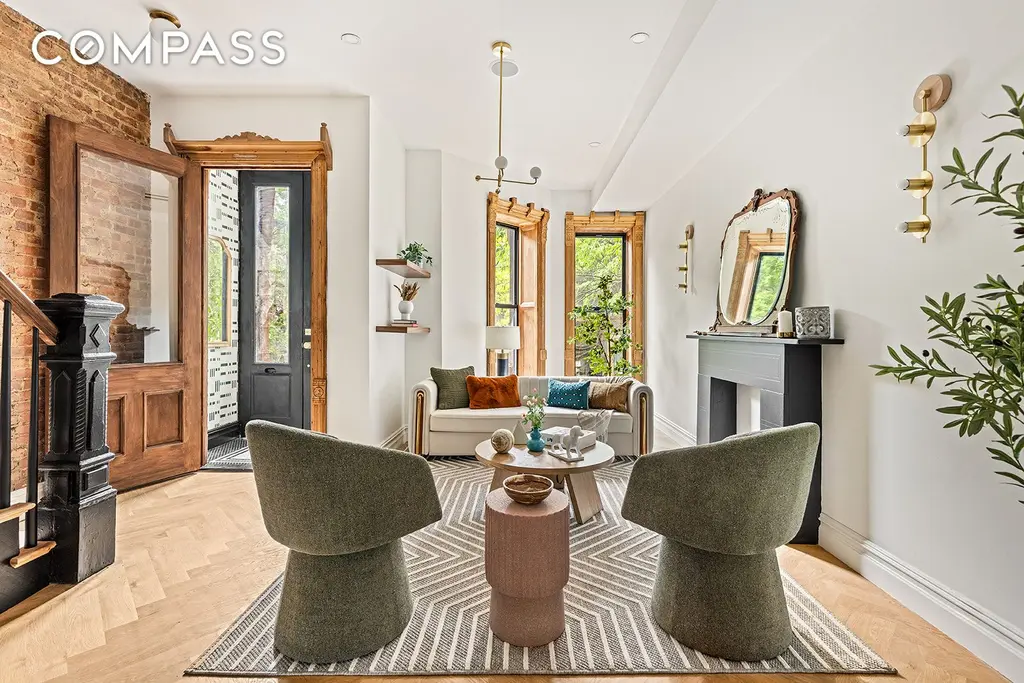
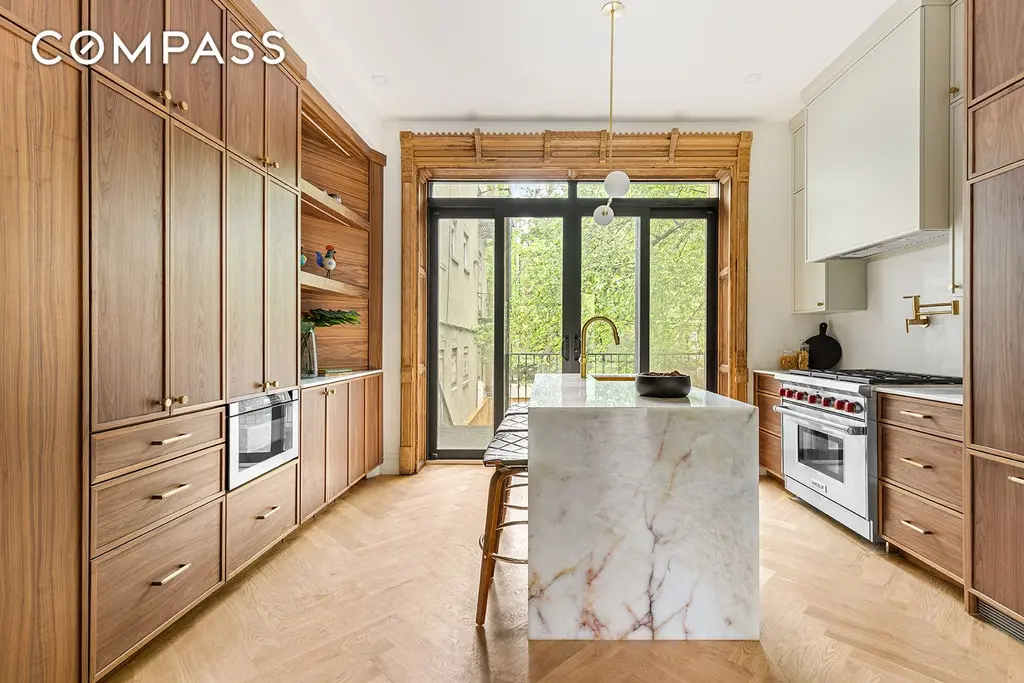
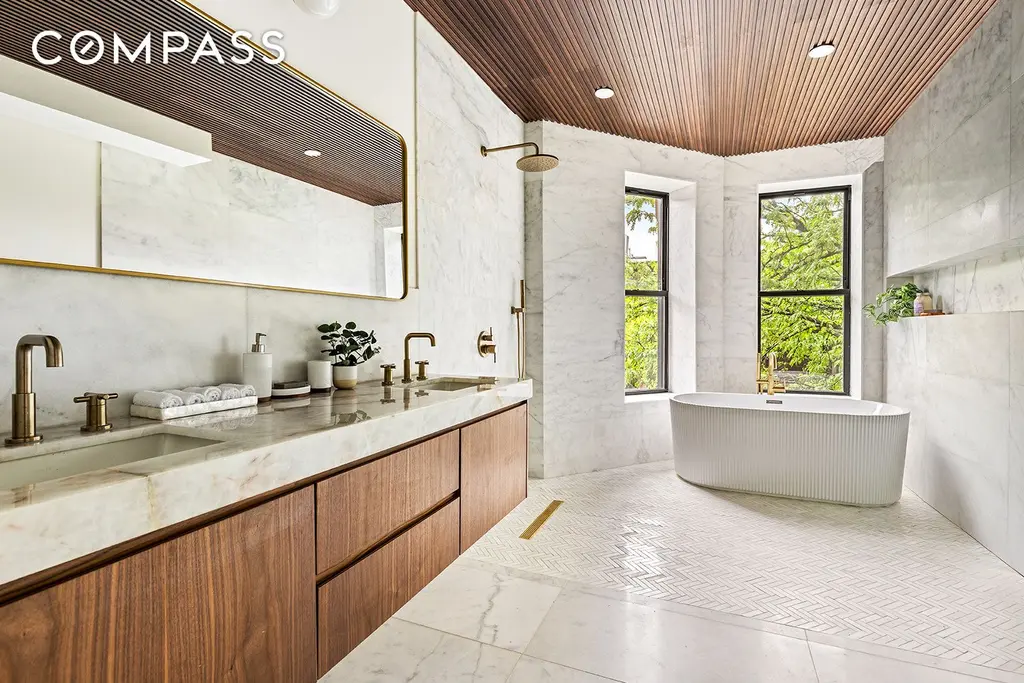
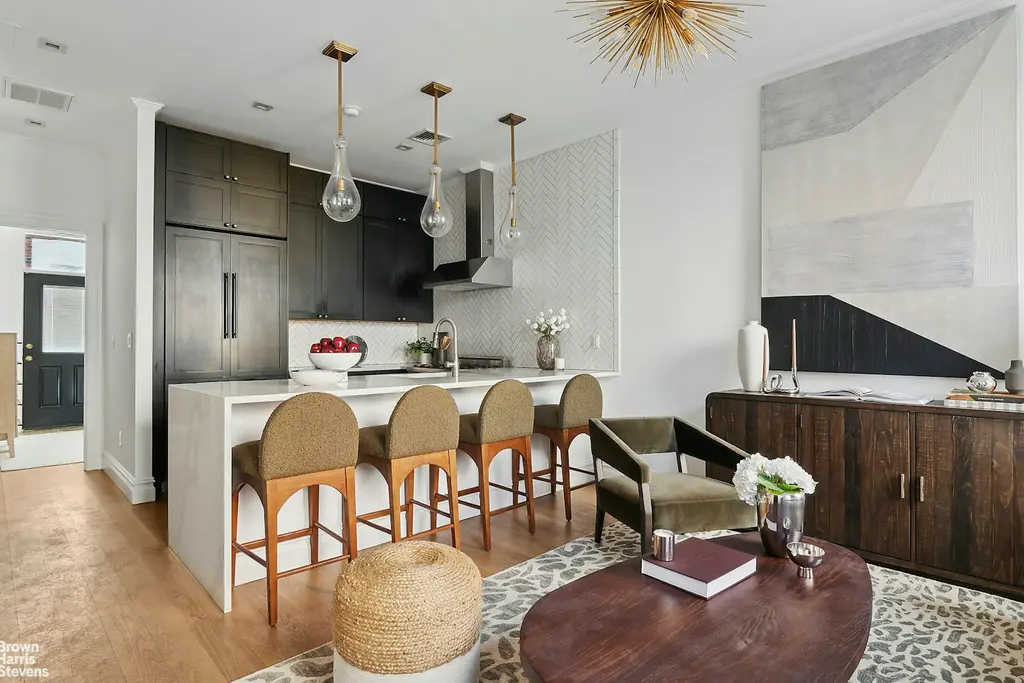
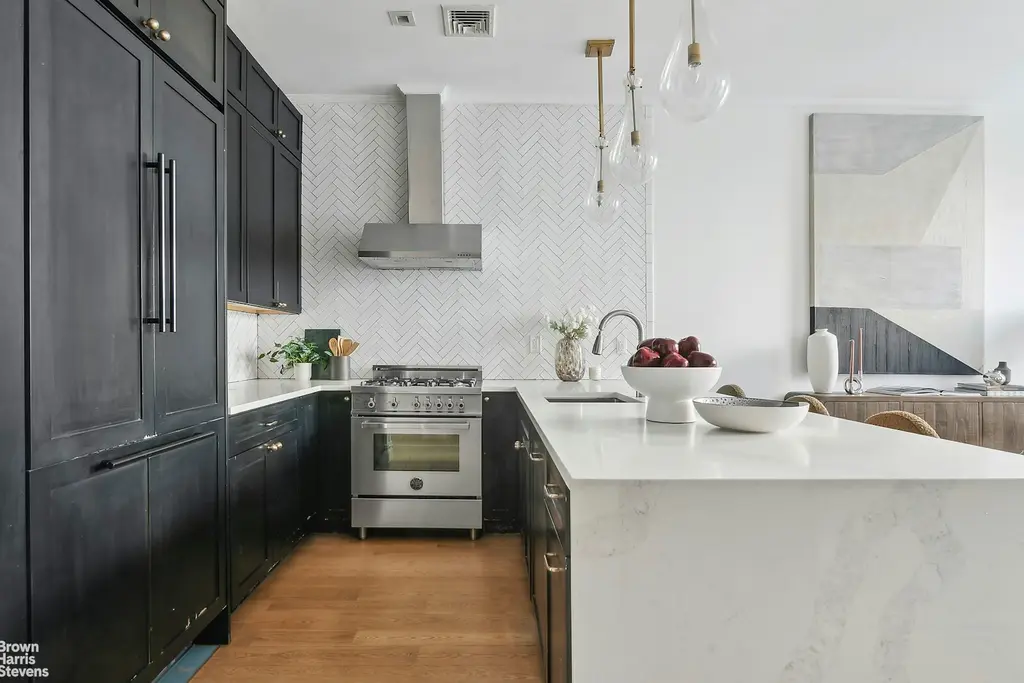
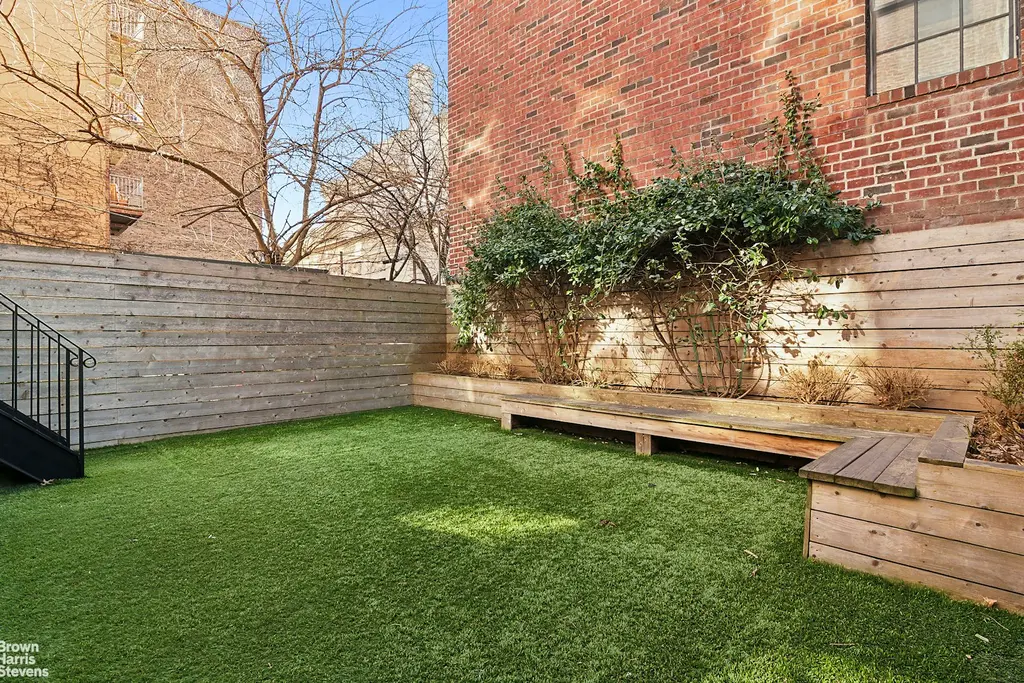
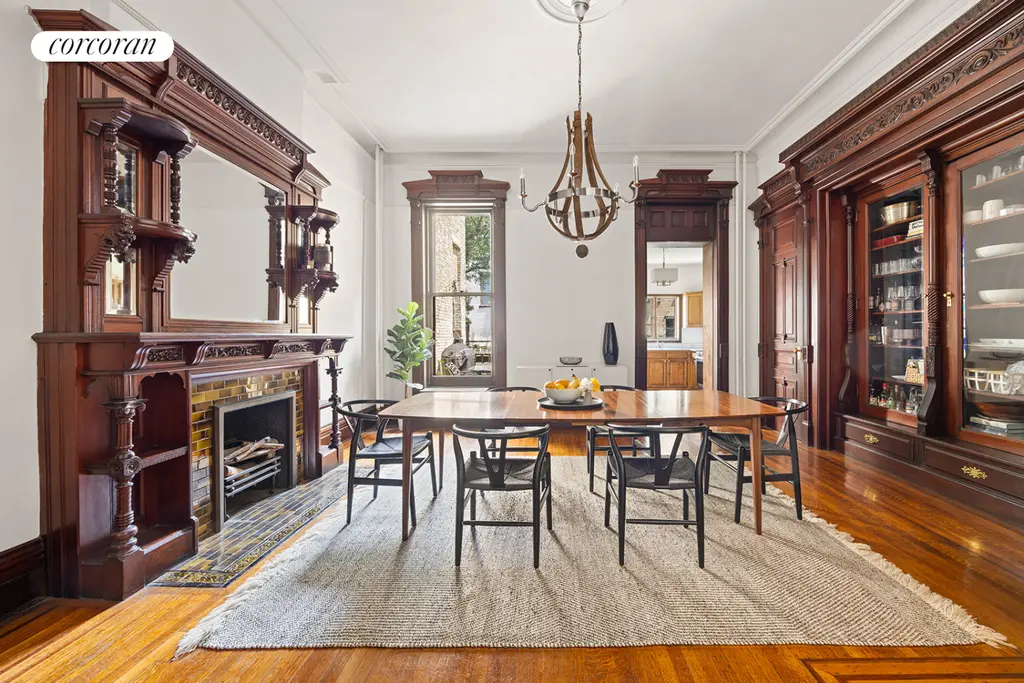
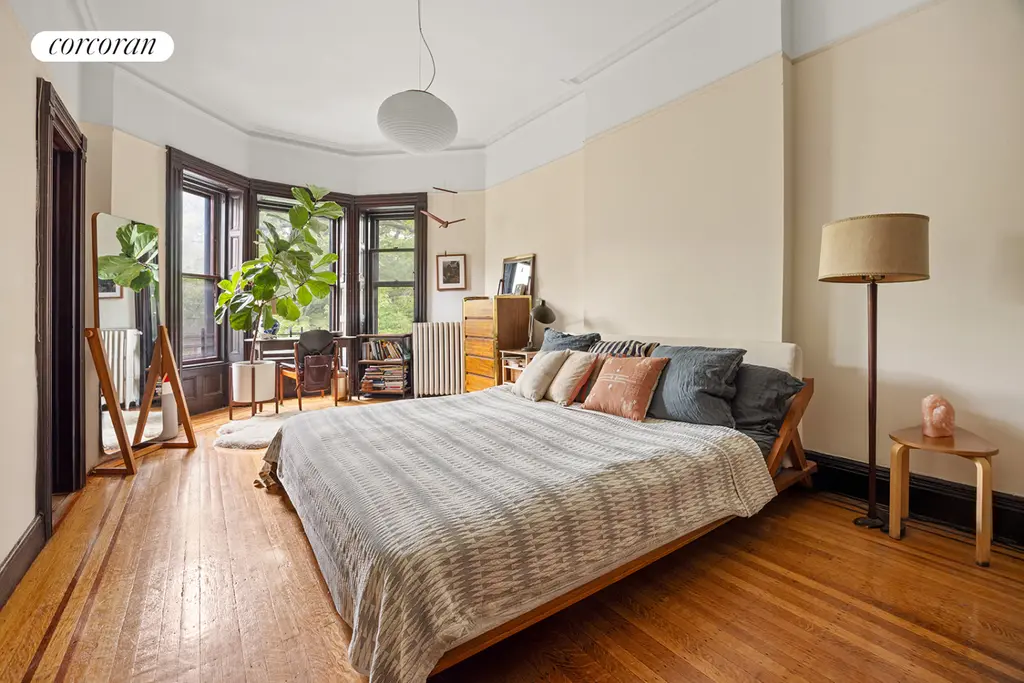
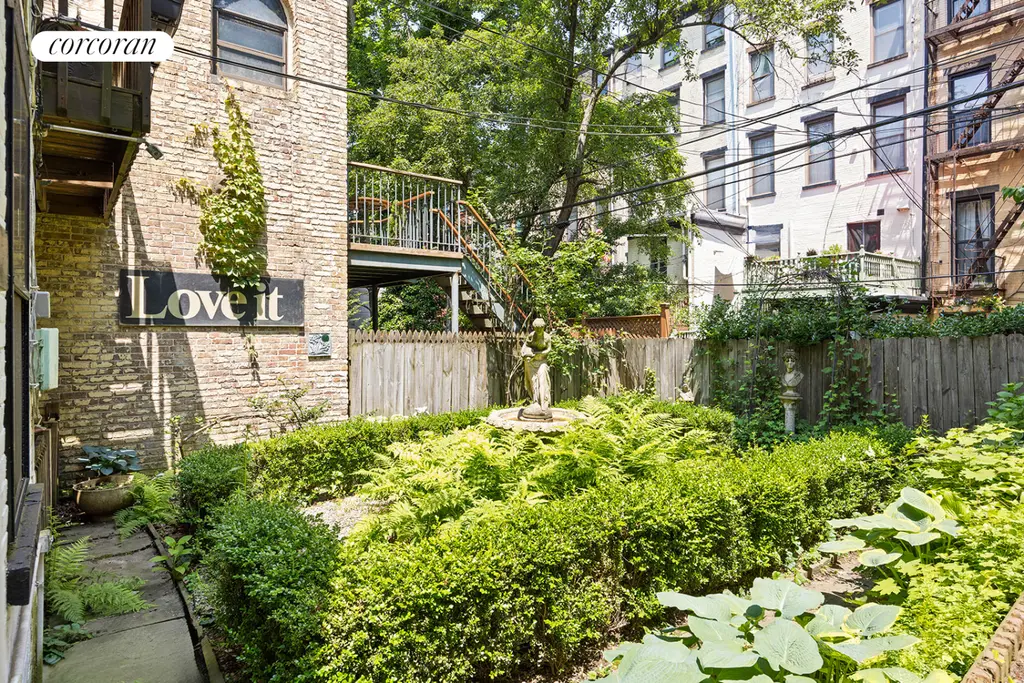
192 Saint Marks Avenue, #TH
$6,250,000
Prospect Heights | Townhouse | 6+ Bedrooms, 5 Baths | 5,635 ft2
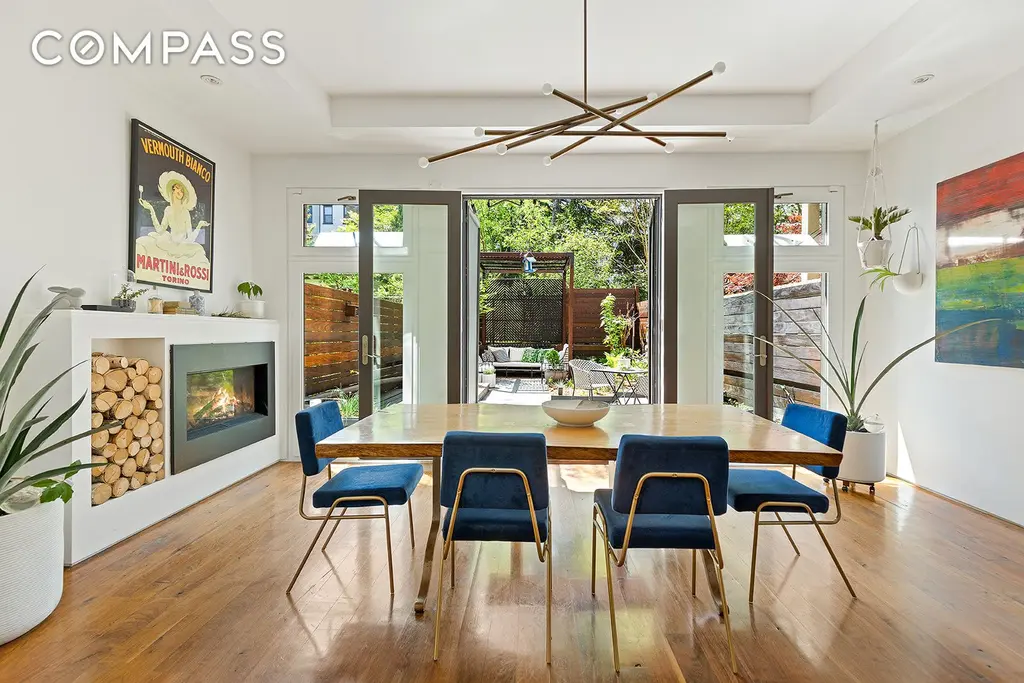
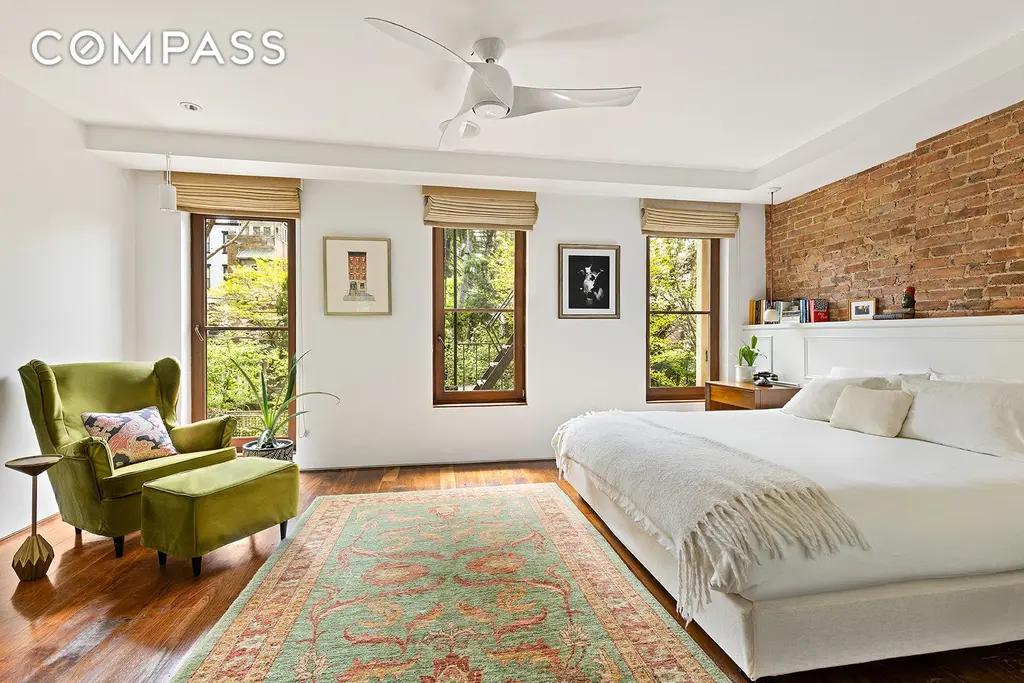
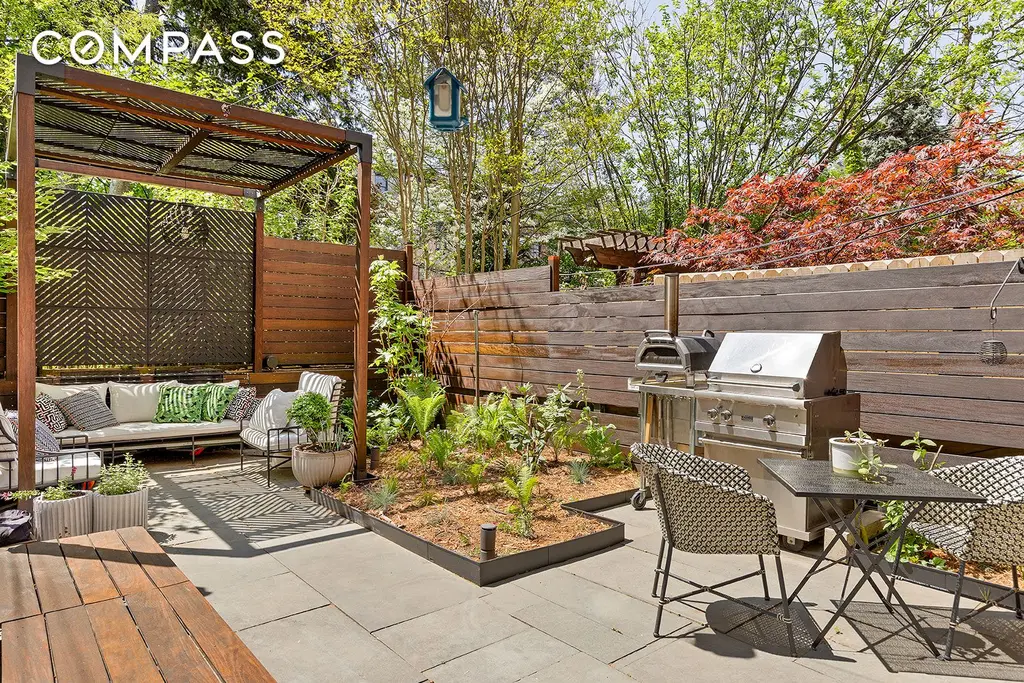
103 West 122nd Street, #TH
$3,100,000 (-10.1%)
Harlem | Townhouse | 6+ Bedrooms, 4.5 Baths | 4,220 ft2
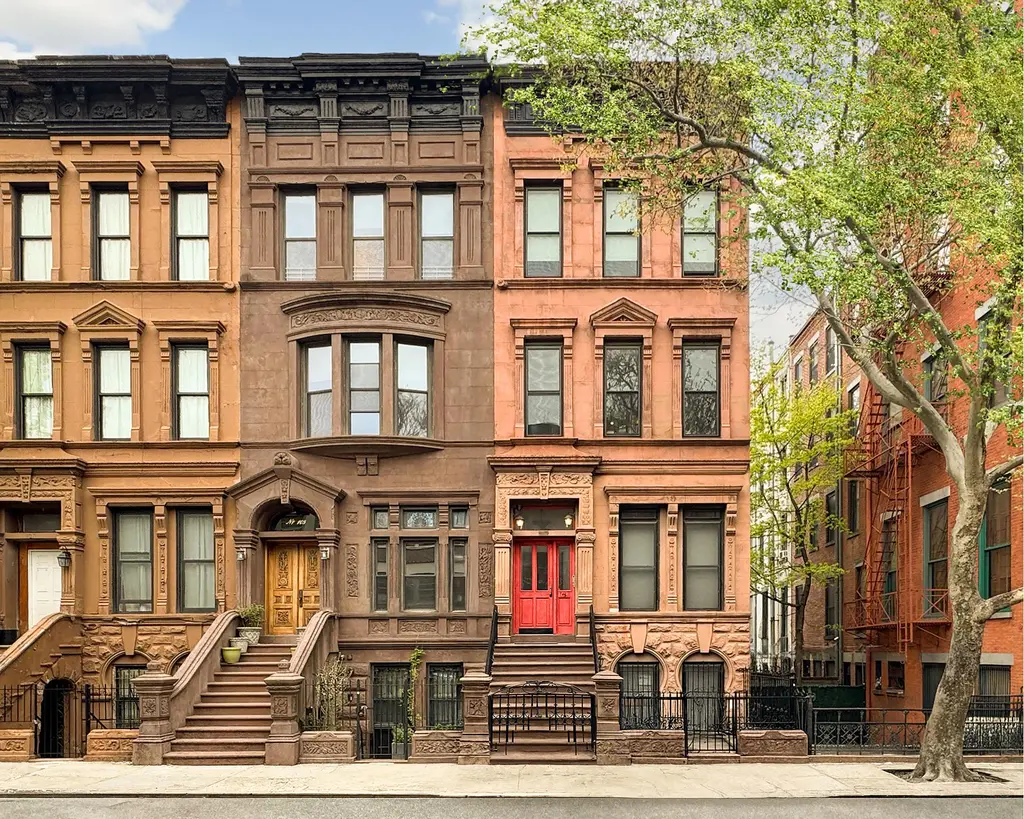
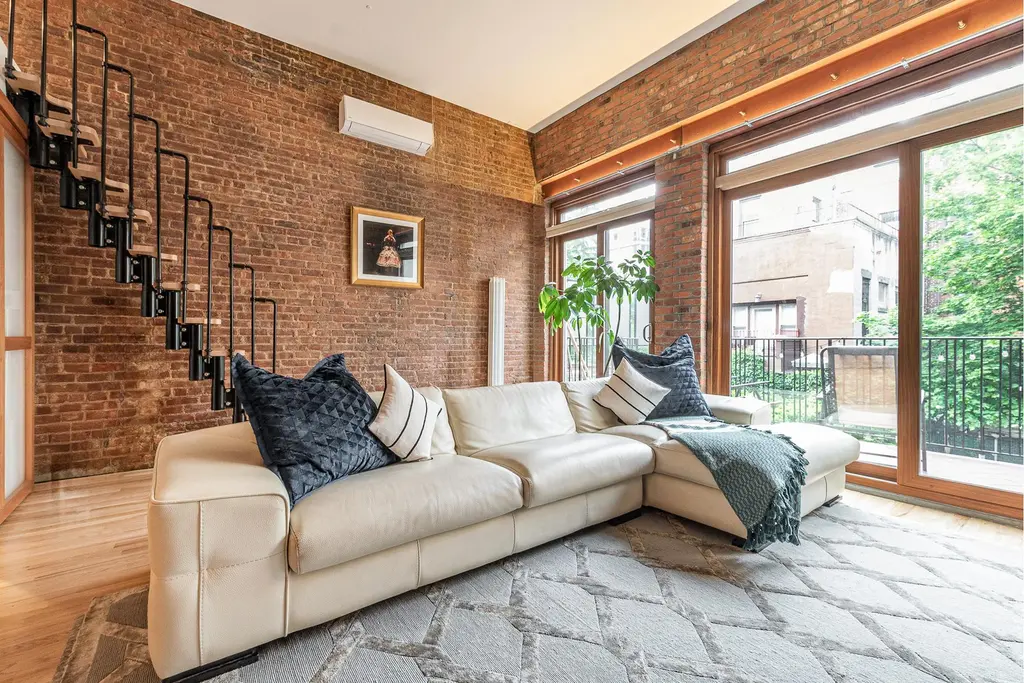
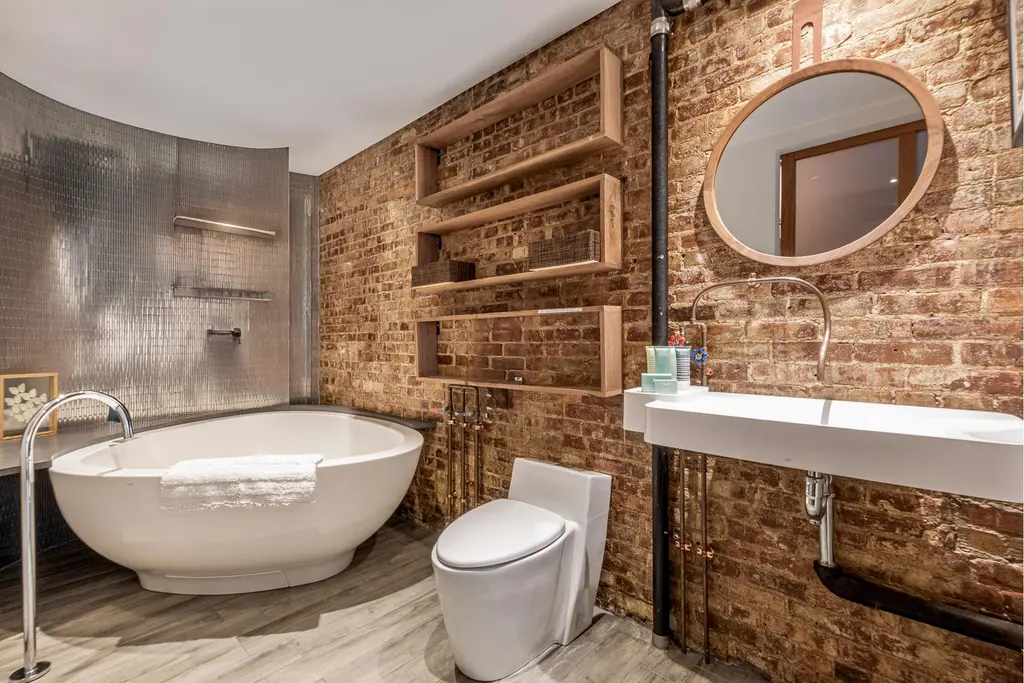
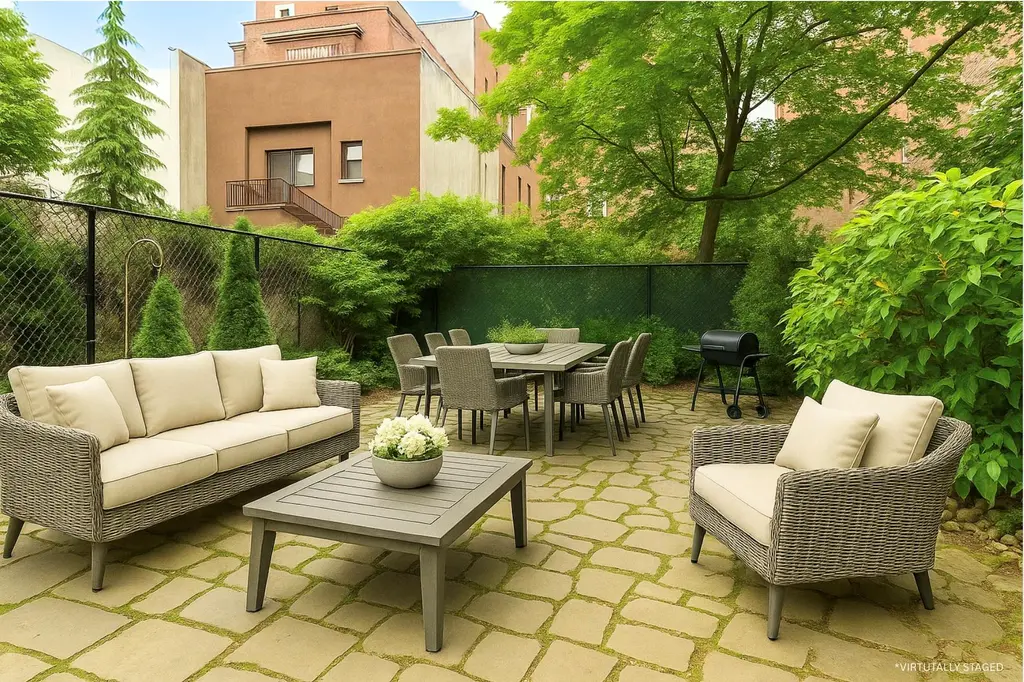
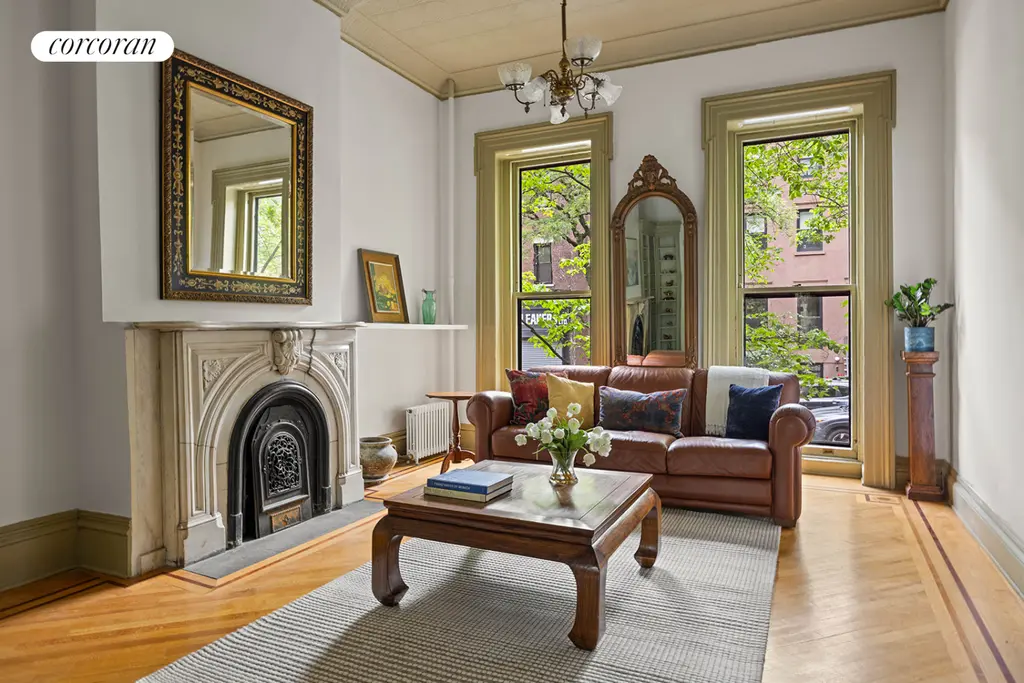

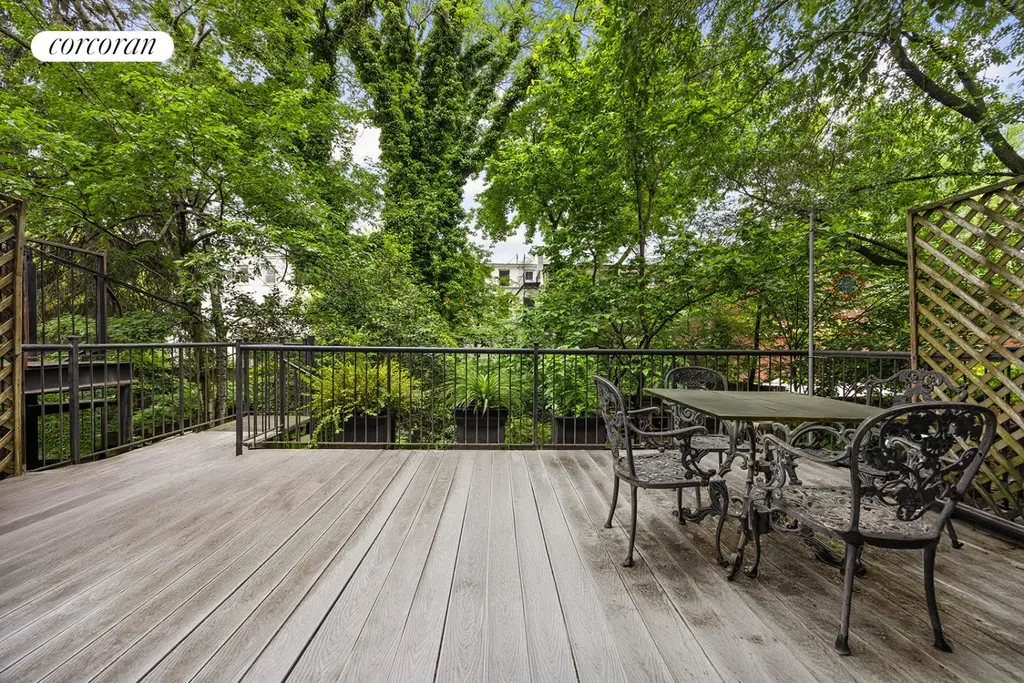
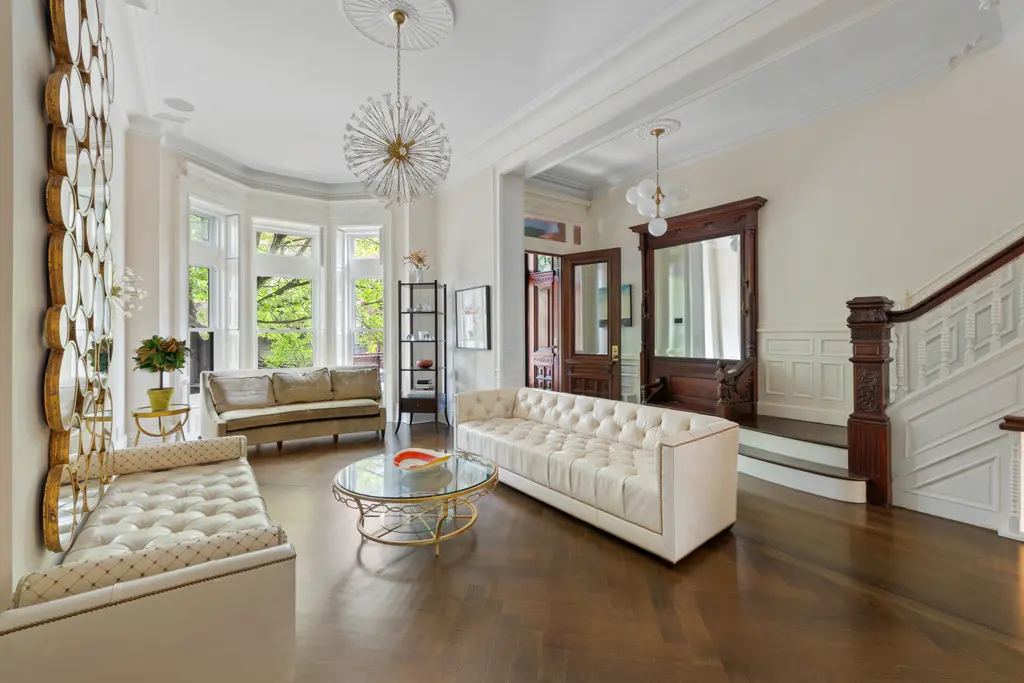
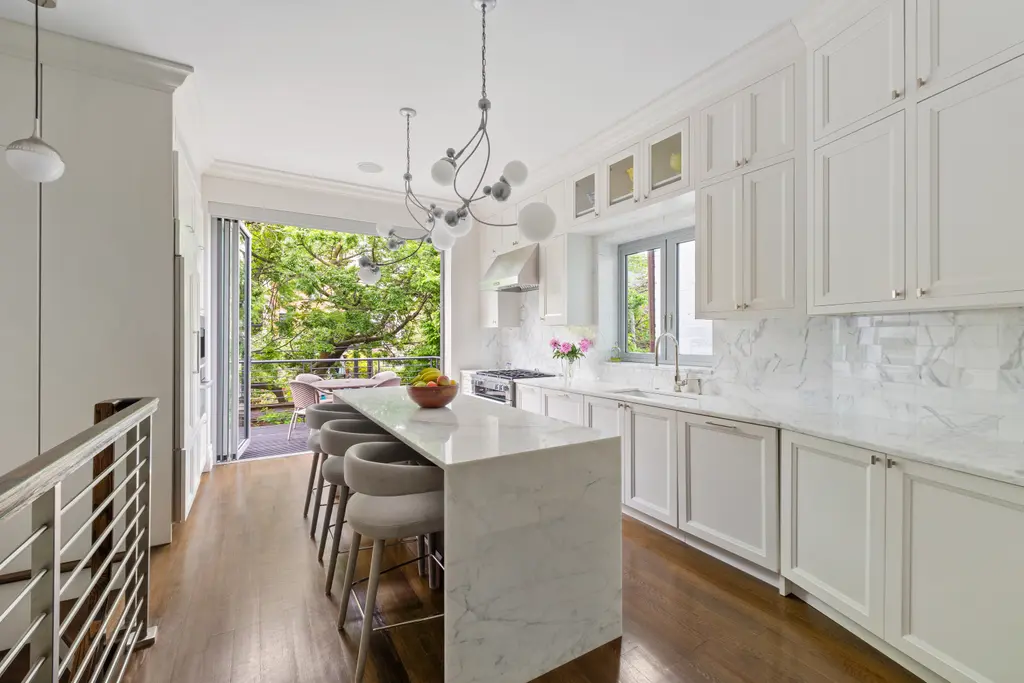
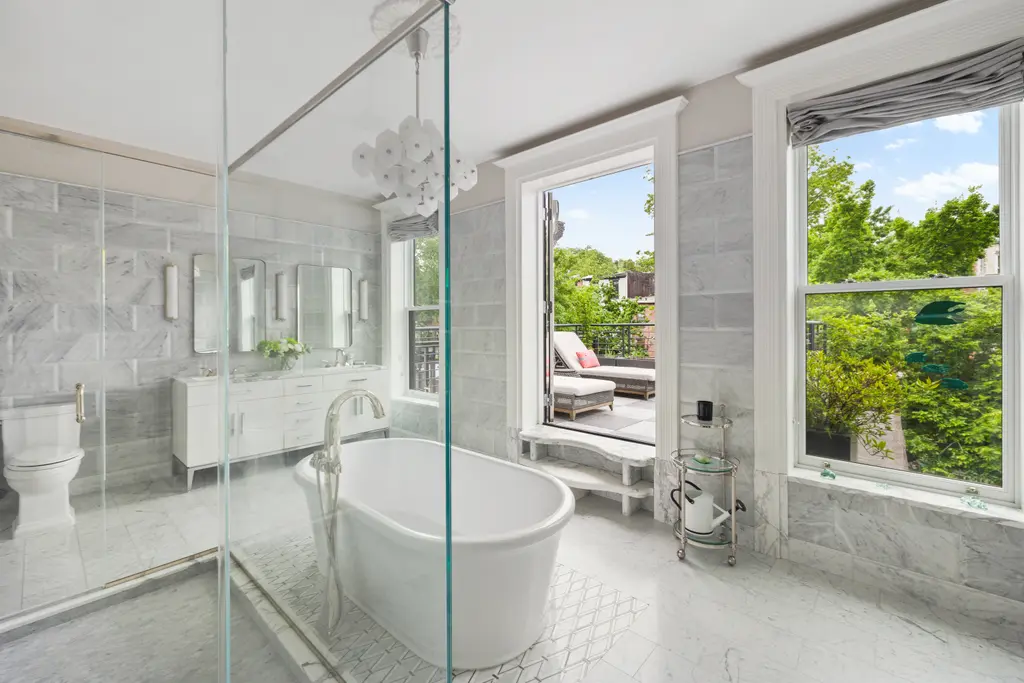
842 Carroll Street, #TH
$12,789,000 (-13.3%)
Park Slope | Townhouse | 6+ Bedrooms, 6+ Baths | 7,098 ft2
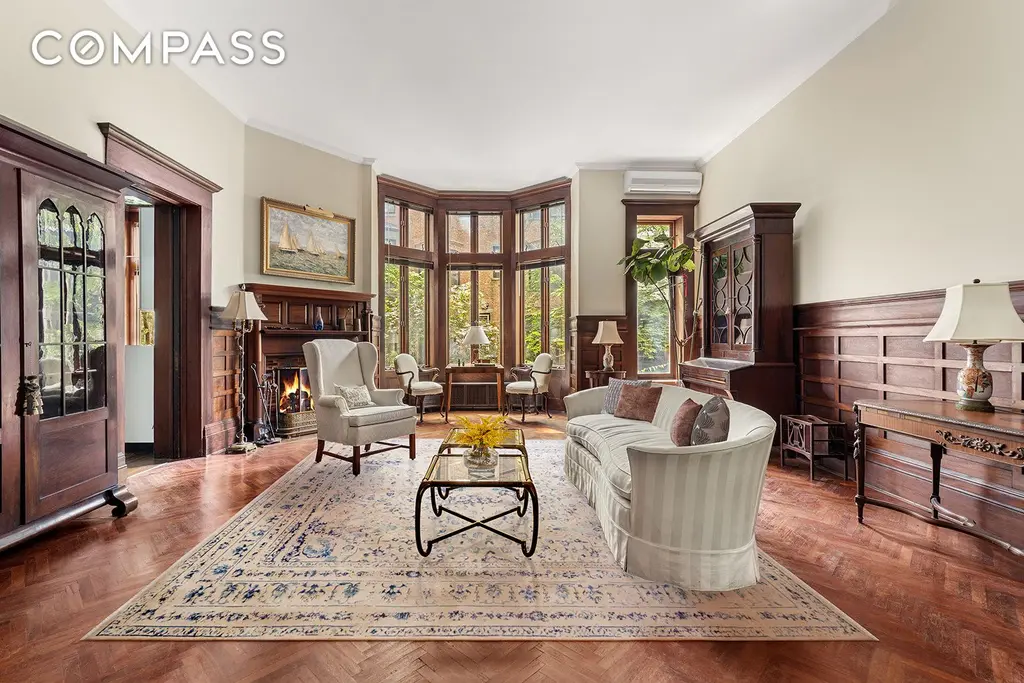
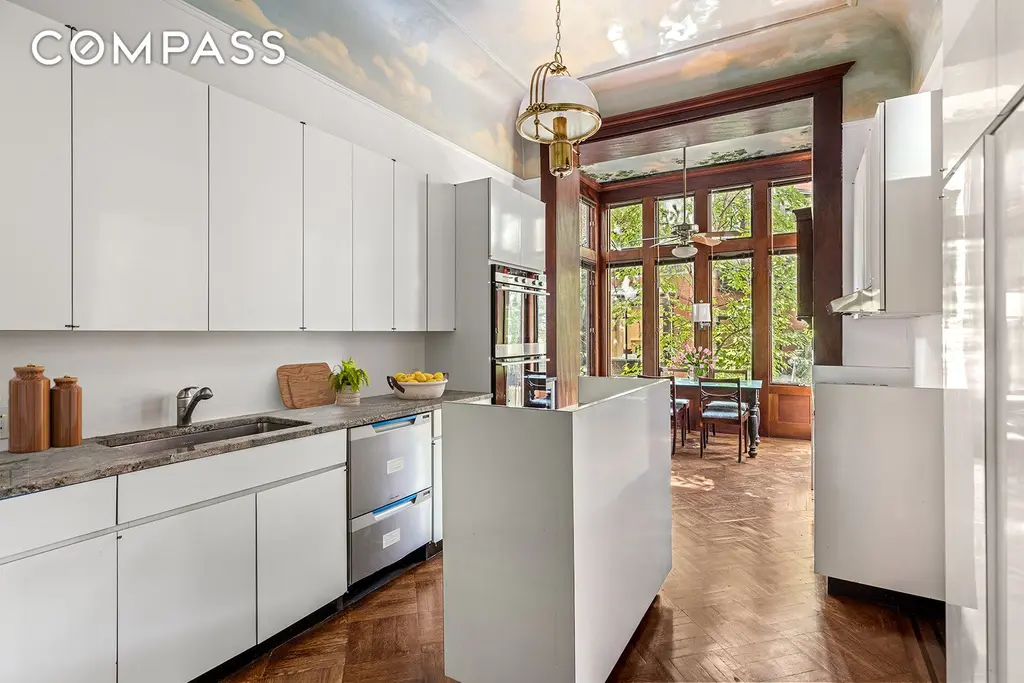
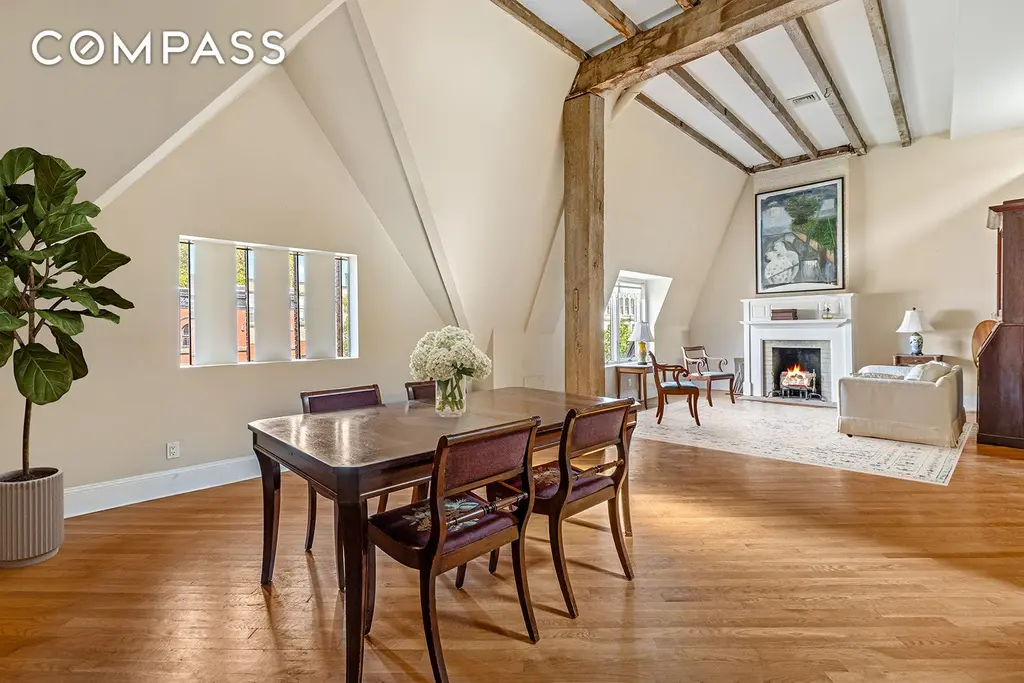
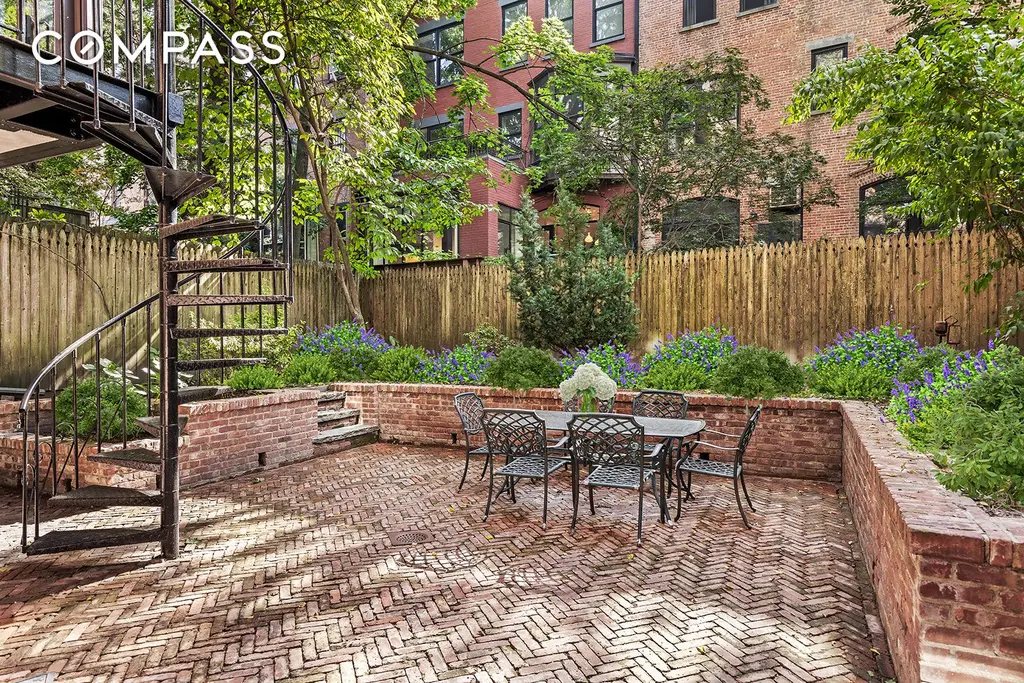
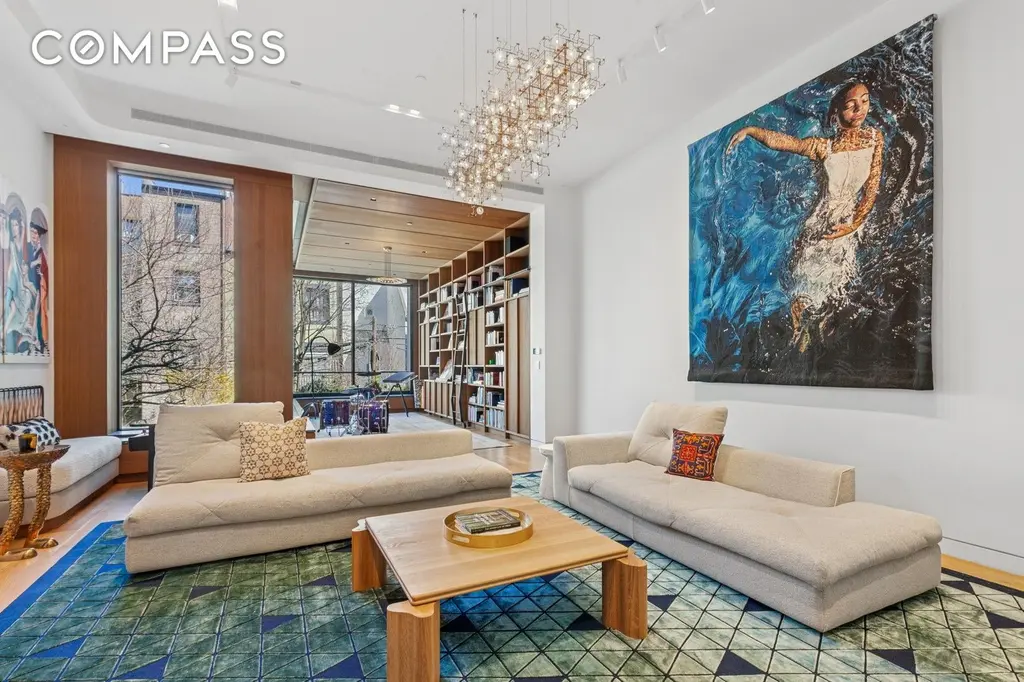
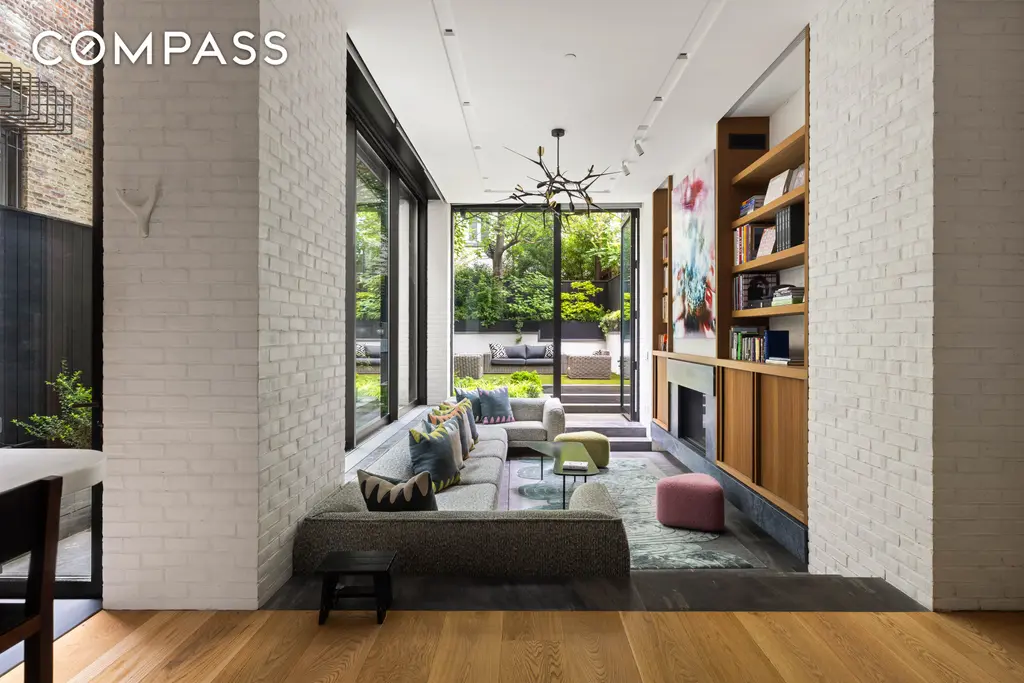
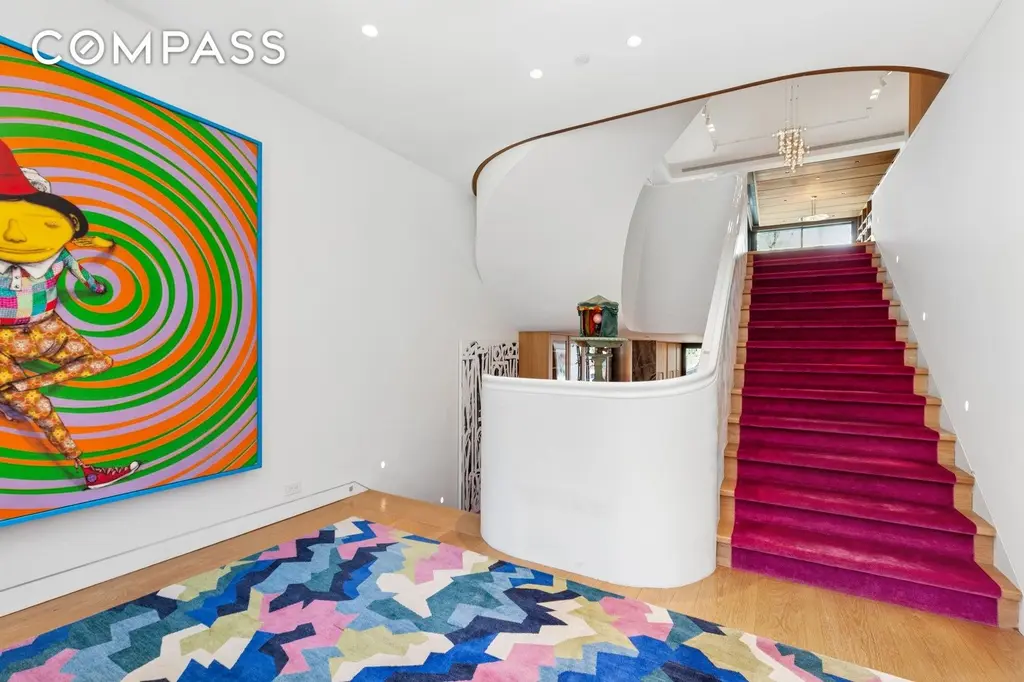
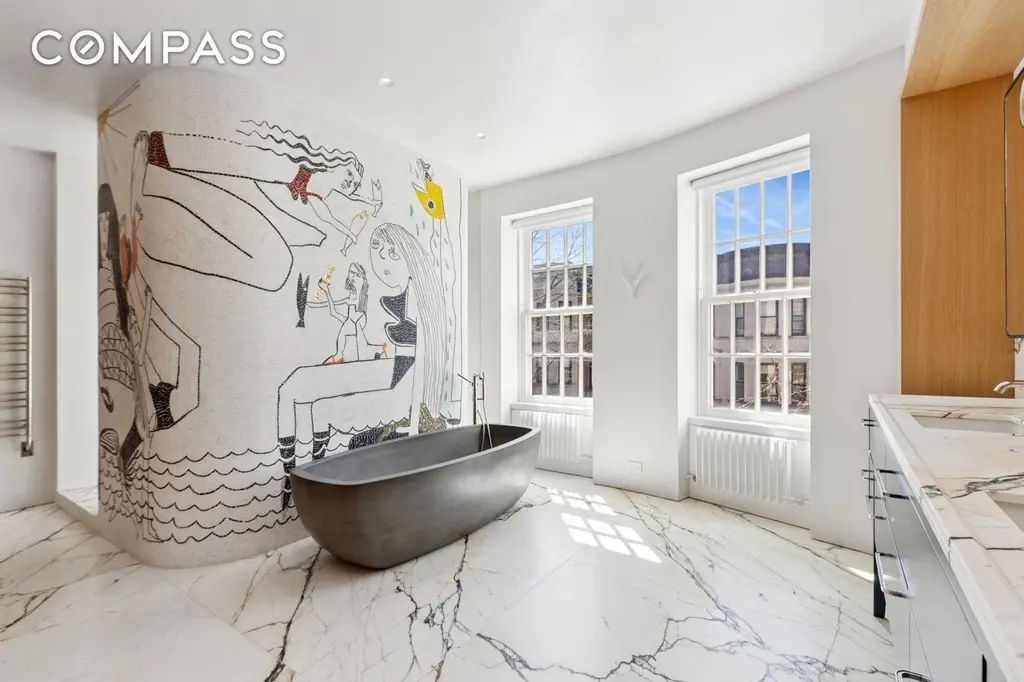
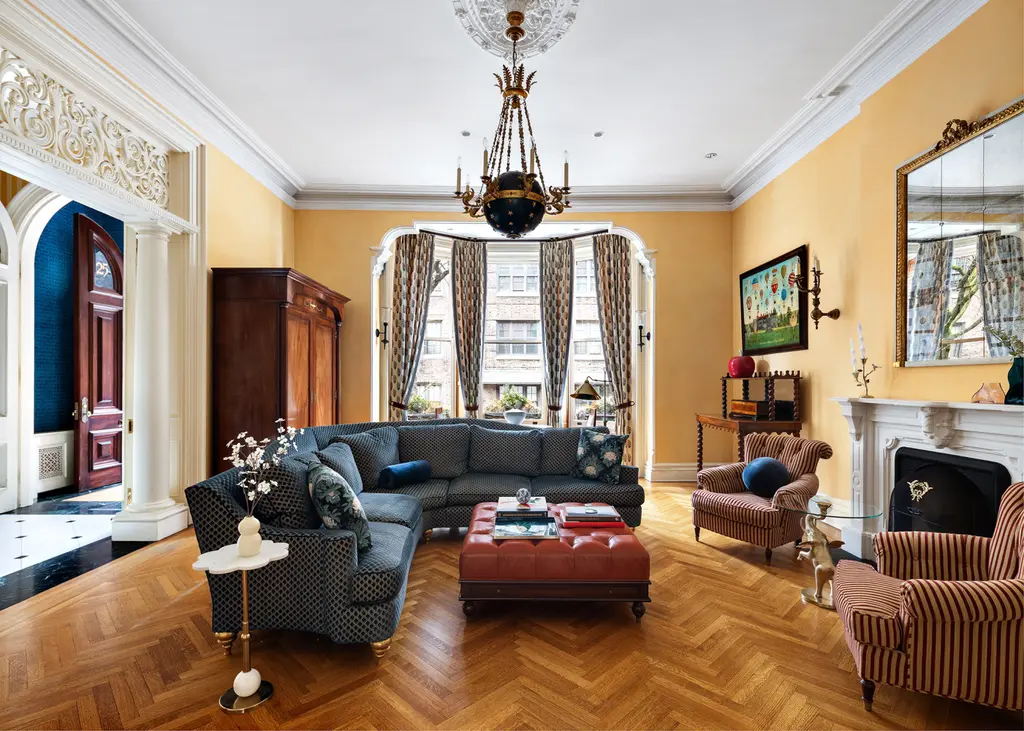
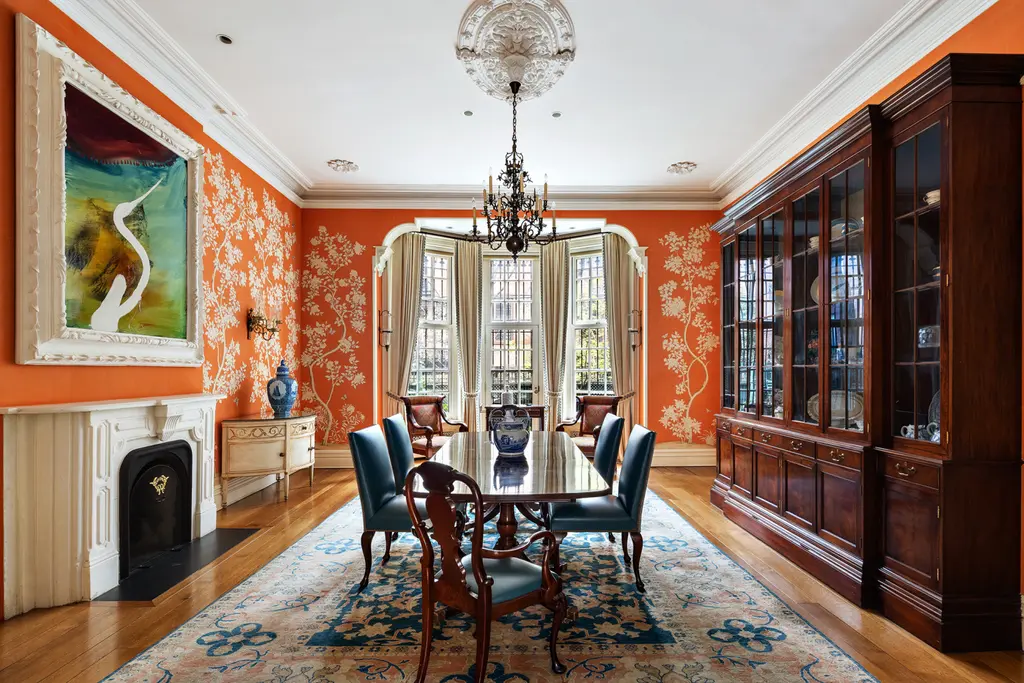
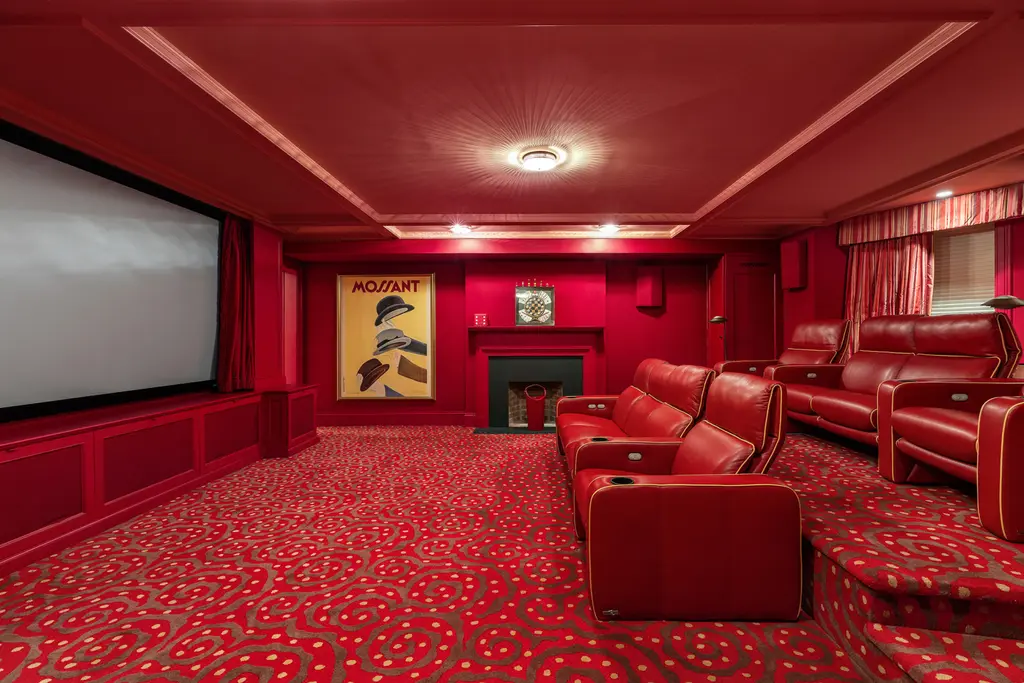
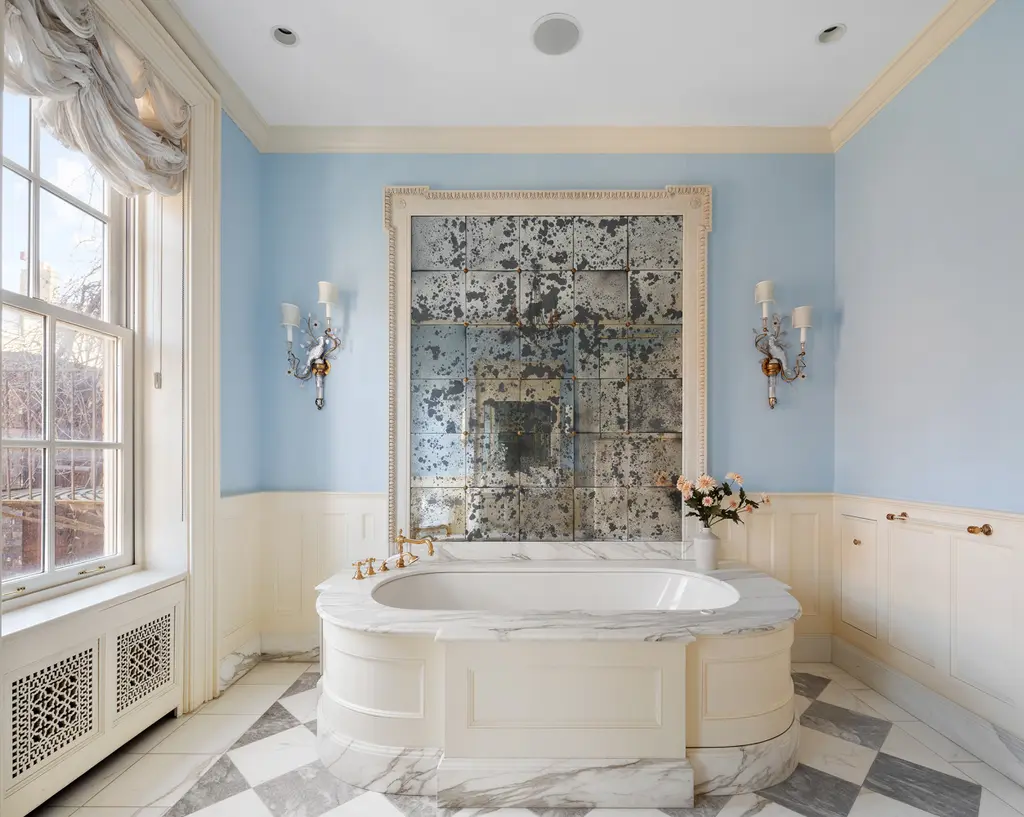

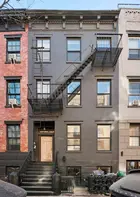
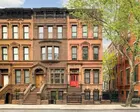
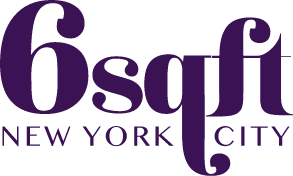 6sqft delivers the latest on real estate, architecture, and design, straight from New York City.
6sqft delivers the latest on real estate, architecture, and design, straight from New York City.
